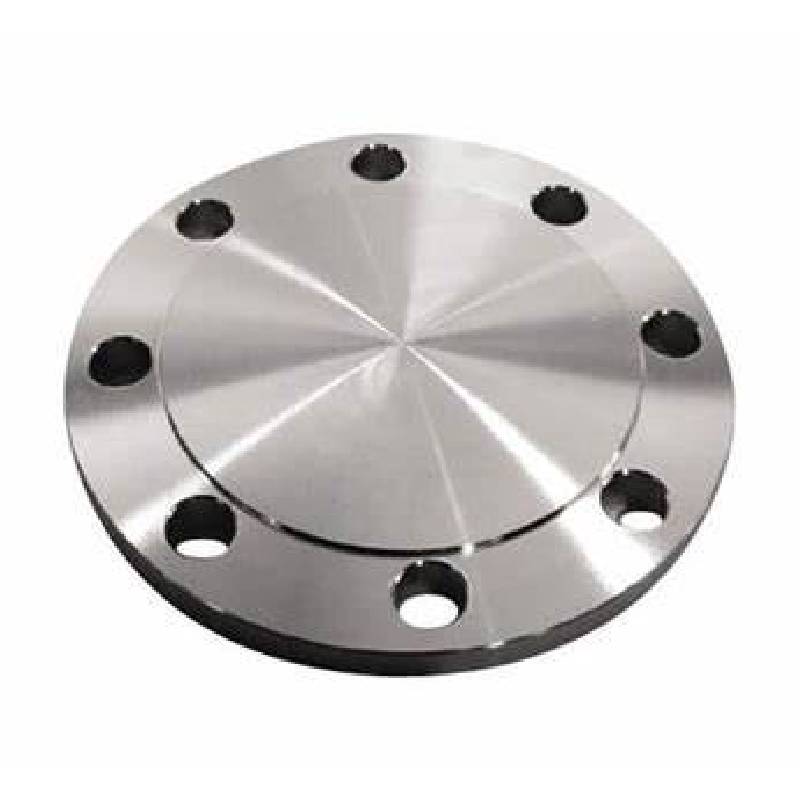-
Cangzhou Yulong Steel Co., Ltd.
-
Phone:
+86 13303177267 -
Email:
admin@ylsteelfittings.com
- English
- Arabic
- Italian
- Spanish
- Portuguese
- German
- kazakh
- Persian
- Greek
- French
- Russian
- Polish
- Thai
- Indonesian
- Vietnamese
- Zulu
- Korean
- Uzbek
- Hindi
- Serbian
- Malay
- Ukrainian
- Gujarati
- Haitian Creole
- hausa
- hawaiian
- Hebrew
- Miao
- Hungarian
- Icelandic
- igbo
- irish
- Japanese
- Javanese
- Kannada
- Khmer
- Rwandese
- Afrikaans
- Albanian
- Amharic
- Armenian
- Azerbaijani
- Basque
- Belarusian
- Bengali
- Bosnian
- Bulgarian
- Catalan
- Cebuano
- China
- China (Taiwan)
- Corsican
- Croatian
- Czech
- Danish
- Esperanto
- Estonian
- Finnish
- Frisian
- Galician
- Georgian
- Kurdish
- Kyrgyz
- Lao
- Latin
- Latvian
- Lithuanian
- Luxembourgish
- Macedonian
- Malgashi
- Malayalam
- Maltese
- Maori
- Marathi
- Mongolian
- Myanmar
- Nepali
- Norwegian
- Norwegian
- Occitan
- Pashto
- Dutch
- Punjabi
- Romanian
- Samoan
- Scottish Gaelic
- Sesotho
- Shona
- Sindhi
- Sinhala
- Slovak
- Slovenian
- Somali
- Sundanese
- Swahili
- Swedish
- Tagalog
- Tajik
- Tamil
- Tatar
- Telugu
- Turkish
- Turkmen
- Urdu
- Uighur
- Welsh
- Bantu
- Yiddish
- Yoruba

Oct . 17, 2024 18:25 Back to list
all types of coupling
All Types of Coupling An Overview
Coupling is an essential concept in various fields, including physics, engineering, and software development. The term generally refers to the interaction between two or more entities, which can be either in a mechanical, electrical, or software context. Understanding the different types of coupling helps in designing efficient systems, whether they are physical machines or software applications. In this article, we will explore various types of coupling, their applications, and the implications of each type.
Mechanical Coupling
In mechanical engineering, coupling refers to the connection between two rotating shafts. It serves the purpose of transmitting power from one shaft to another while allowing for some misalignment between the shafts. Mechanical couplings come in various forms
1. Rigid Couplings These connect two shafts directly. They are used when precise alignment is necessary and there is minimal movement or vibration.
2. Flexible Couplings This type accommodates misalignment and absorbs shock loads. They are suitable for applications where shafts do not perfectly align due to manufacturing tolerances or thermal expansions.
3. Fluid Couplings Often used in automotive transmissions, fluid couplings transmit torque through a fluid medium, allowing for smooth operation and adjustments in torque delivery.
Electrical Coupling
In electrical engineering, coupling refers to the transfer of energy between two circuits. Understanding electrical coupling is critical in designing circuits for optimal performance. Here are some common types
1. Capacitive Coupling This occurs when a change in voltage in one circuit induces a change in voltage in another circuit through a capacitor. It is often used in amplifying signals in audio equipment.
all types of coupling

2. Inductive Coupling This type involves the transfer of energy through a magnetic field. Transformers are a prime example, where primary coils create a magnetic field that induces a current in secondary coils.
3. Direct Coupling In this case, two circuits are directly connected without any intermediate components. This method is simple but can lead to issues such as cross-talk and noise if not properly managed.
Software Coupling
In software engineering, coupling describes how closely connected different modules or components of a system are. Effective coupling is vital for creating maintainable and robust software. There are several types of coupling in this context
1. Tight Coupling This occurs when components are highly dependent on each other. While it can allow for optimized performance in some situations, it often leads to inflexibility and makes debugging difficult.
2. Loose Coupling This is a more desirable state where components are independent. Loose coupling facilitates easier maintenance, as changes in one module do not heavily impact others. It allows for greater modularity and scalability in software systems.
3. Data Coupling In this type, modules share data by passing parameters, which enhances modularity while still allowing for interaction. It is often viewed as a good practice in software design.
Conclusion
Understanding the various types of coupling—be it mechanical, electrical, or software—plays a crucial role in system design and optimization. Each type has its advantages and potential drawbacks, influencing performance, maintenance, and scalability in its respective domain. In mechanical systems, choosing the appropriate type of coupling can lead to more efficient machinery. In electrical applications, understanding coupling can optimize signal transmission and energy transfer. Meanwhile, in software development, striving for loose coupling can enhance software flexibility, making it easier to maintain and extend.
In conclusion, recognizing the different types of coupling and their respective implications is fundamental for engineers and developers seeking to create effective and efficient systems. Whether working with machines, circuits, or software, the principles of coupling remain influential in driving innovation and ensuring functionality across various fields. As technology continues to evolve, the understanding of coupling will undoubtedly play a pivotal role in shaping future advancements.
Latest news
-
ANSI 150P SS304 SO FLANGE
NewsFeb.14,2025
-
ASTM A333GR6 STEEL PIPE
NewsJan.20,2025
-
ANSI B16.5 WELDING NECK FLANGE
NewsJan.15,2026
-
ANSI B16.5 SLIP-ON FLANGE
NewsApr.19,2024
-
SABS 1123 FLANGE
NewsJan.15,2025
-
DIN86044 PLATE FLANGE
NewsApr.19,2024
-
DIN2527 BLIND FLANGE
NewsApr.12,2024
-
JIS B2311 Butt-Welding Fittings LR/SR 45°/90° /180°Seamless/Weld
NewsApr.23,2024











